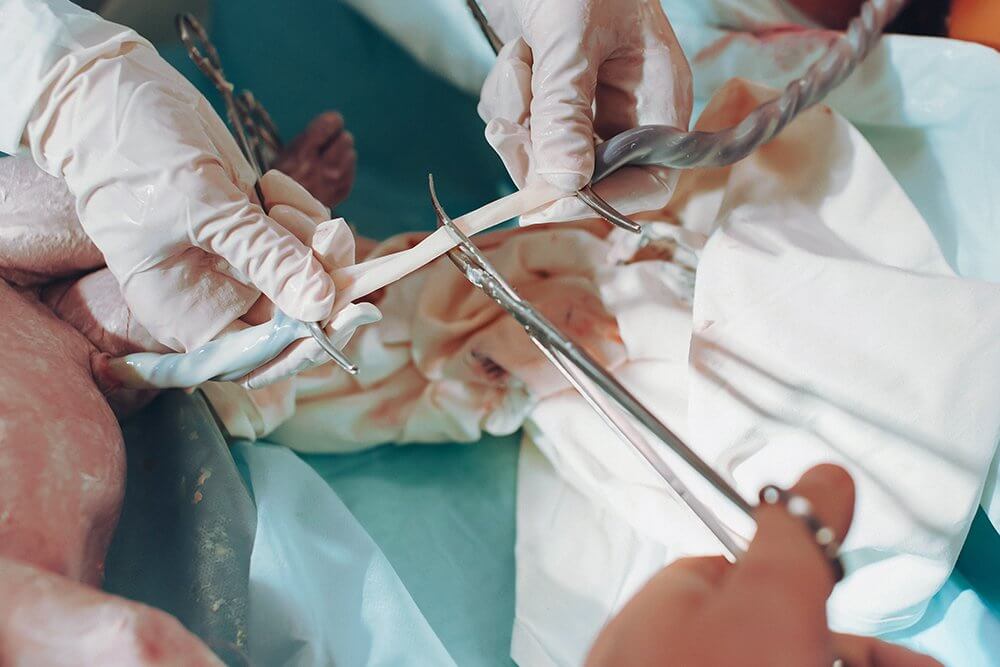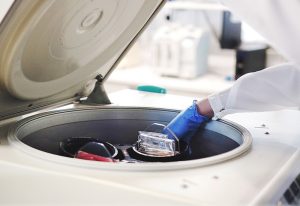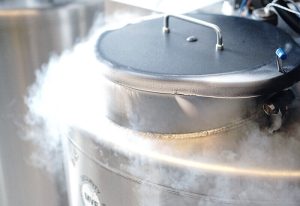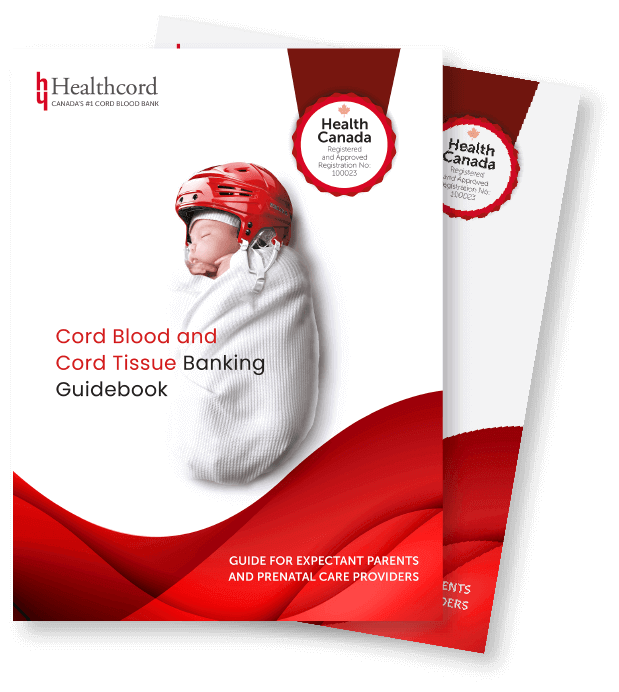
Stem cell banking: how your baby’s stem cells are collected and stored

A quick guide to how your baby’s cord blood and cord tissue stem cells are processed and stored, so they are ready and available for use anytime.
The life saving potential of cord blood
In 1988, doctors performed the first ever cord blood stem cell transplant, to treat a 5 year old with Fanconi anemia (a genetic disease that affects the bone marrow), with his siblings cord blood.
Since then, more than 30,000 cord blood stem cells transplants have been performed to successfully treat over 80 genetic and blood-related diseases. Over 60, 000 umbilical cord blood units have been stored for transplantation worldwide.
Collecting newborn stem cells
Cord blood and cord tissue collection is a minimally invasive process. You don’t have to make any special arrangements (other than bringing the banking kit with you to the hospital, of course) or modify your birth plan to accommodate banking.
Samples are collected after the baby is born, and the umbilical cord is cut according to your wishes. This means if you wish to do delayed clamping, the samples will be collected after.
Once this is done, your healthcare provider will first use the needle supplied in the kit to extract the leftover blood from the cord and place it in the cord blood collection tube. Next, if you have selected to also bank cord tissue, the umbilical cord itself will be collected and placed in the vessel designated for cord tissue samples.
You had the hard job of making the decision to preserve your baby’s cord blood and/or cord tissue. Once the samples are collected, your job is done! Now all you have to do is enjoy your newborn and let us take care of the rest. When the processing is complete, we will send you an email with all the information you need to know about your baby’s stem cell samples.
 What happens in the lab?
What happens in the lab?
Stem cell processing
We follow very stringent protocols in the lab to ensure your baby’s stem cells are safely stored. With cord blood, we use a special technique to separate the stem cells from the rest of the blood cells and plasma, to make sure as many stem cells as possible are stored. We also check to make sure the samples are sterile, test their ability to grow (viability) and finally do a cell count to get a sense of how many stem cells are in each sample.
Cord tissue is preserved in small segments. Cord tissue has many different types of cells, some of which have not been studied in detail. When scientists uncover new uses for these cord tissue cells, we want to make sure that they will be preserved and waiting for your baby to use.
Cryopreservation
After preparing the samples, we use cryopreservation to freeze down your baby’s stem cells. Cryopreservation refers to using very-low temperatures to store cells such that their internal structures will be intact when thawed. It requires cooling the samples in a very controlled fashion to make sure ice crystals do not form in cells because ice crystals can damage cells and lead to cell death.
We use computer controlled-rate freezing with all our samples, which ensures that the temperature is dropped at highly regulated increments, minimizing cell damage. Uncontrolled freezing can result in samples that will not grow when they are thawed in the future. When you invest in storing your baby’s stem cells, you want to make sure that they will be available if and when they are needed.
Vapour phase storage
 All our samples are stored in next-generation vapour phase storage tanks, the most advanced and safest technology in cryogenic storage. Vapour-phase tanks eliminate the risk of contamination associated with older liquid storage technologies.
All our samples are stored in next-generation vapour phase storage tanks, the most advanced and safest technology in cryogenic storage. Vapour-phase tanks eliminate the risk of contamination associated with older liquid storage technologies.
With liquid storage, all samples are stored in the same pool of liquid nitrogen. If a bag has a crack, all other bags in the same tank can be contaminated. But, in vapour phase storage, samples are suspended individual in liquid nitrogen vapour. The bags never touch the same liquid eliminating the possibility of contamination.
Why all this excitement about newborn stem cells?
Researchers are very excited about newborn stem cells from cord blood and cord tissue because they are at their youngest and most pristine state. Studies show that newborn stem cells can divide and grow better than adult stem cells and have better outcomes when used in transplants.
Now that you know more about why newborn stem cells are so valuable and the steps we take to ensure they will be preserved for the lifetime of your baby, will you be banking your baby’s stem cells?
Reference
Beksac, M. (2016) Is There Any Reason to Prefer Cord Blood Instead of Adult Donors for Hematopoietic Stem Cell Transplants? Front Med (Lausanne). 2: 95. Doi: 10.3389/fmed.2015.00095.
Related Posts

Novel Cord Blood Stem Cell Treatment Leads to HIV Remission


Stem Cell Transplantation Shows Potential in Stroke Recovery









